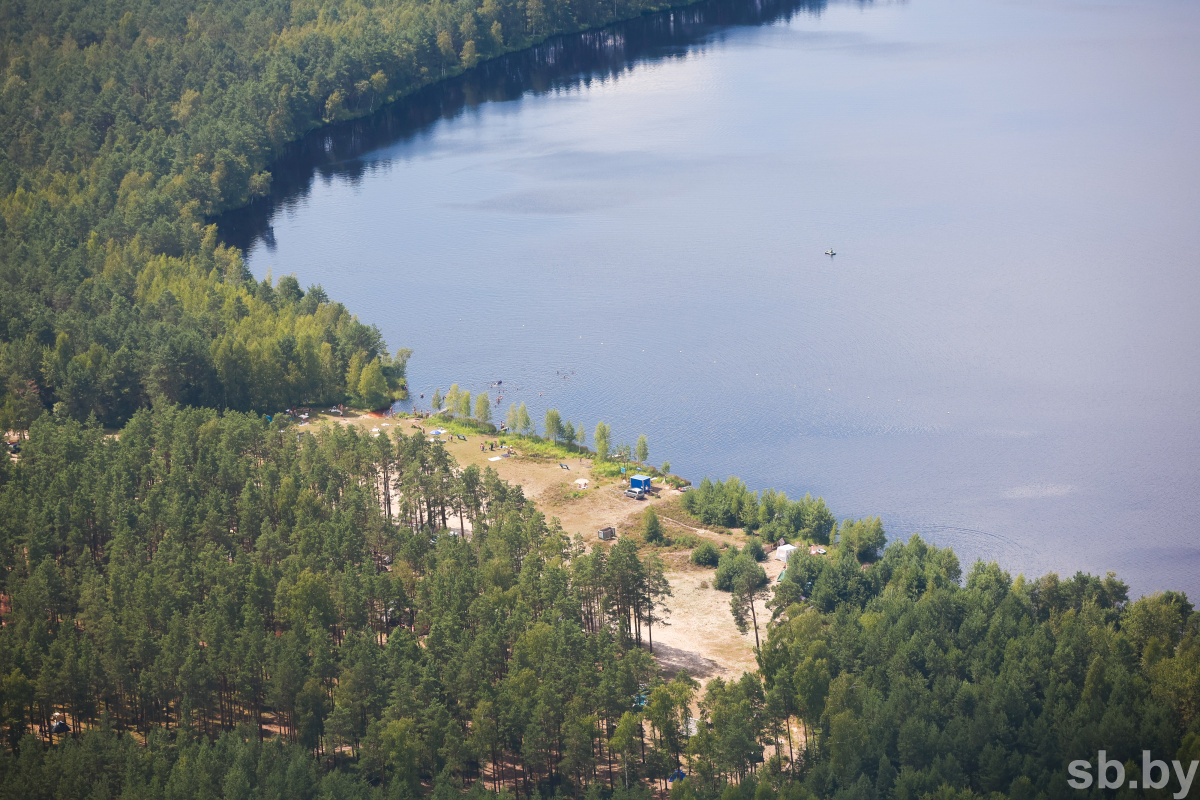
Belarusian and Russian scientists have conducted research on the dynamics of climatic factors for more than two thousand years.
The research was carried out by scientists from the V.F. Kuprevich Institute of Experimental Botany of National Academy of Sciences together with colleagues from the A.N. Severtsov Institute of Ecology and Evolution RAS. Using samples of fossil wood of pedunculate oak collected from the bottom of the Luchosa and Chernitsa rivers (Liozno district of the Vitebsk region), wood from archaeological excavations and historical buildings, as well as samples from living trees, for the first time in Belarus, four super-century dendrochronological scales were built: 1930-1615 to AD, 586-1351, 1410-1647 and 1805-2018. The scales demonstrate the dynamics of climatic factors and economic activity in the region over more than 2 thousand years.
It was found that the main climatic factors limiting the growth of oak in the north-east of Belarus are the temperatures of August and September of the previous year. The current level of precipitation is not a limiting factor. All four dendrochronological scales clearly demonstrate the 11–12-year and 22–24-year cycles of oak growth.
– The results of the research will expand the network of millennial dendrochronological scales in Europe used to reconstruct and predict climate change and identify patterns in changes in forest cover associated with climate factors. The results of the project are extremely important for the dating of archaeological objects. For the first time in Belarus, it became possible to date with dendrochronological methods with an accuracy of one year not only medieval monuments of archeology and history, but also some buildings of the Bronze Age, - the press service said.
The so-called dendrochronological scale is built based on the study of wood samples, the dating of which is known, - a sequence of thicknesses of annual rings of trees of a certain species in a certain area from the current moment and as far as possible into the past. Measurements of the growth rings of old living trees can be used for periods close to the present. There are methods for performing such measurements that do not require cutting down the tree.
Dendrochronology is a scientific discipline about methods of dating events, natural phenomena, archaeological finds and ancient objects based on the study of tree growth rings. It is used for dating wooden objects and fragments of tree trunks (for example, in buildings), as well as in biology - when studying biological changes over the past millennia. Dendrochronology includes dendroclimatology, which studies the patterns of composition of annual layers of tree species to establish the climate in past geological epochs.
Photo from the archive
Related materials:
